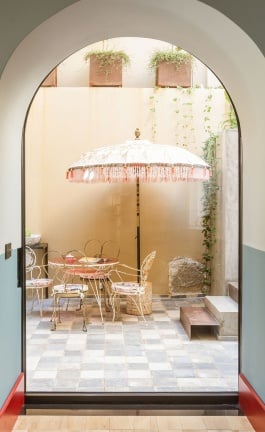Project Name
Ceramic HousePosted in
Design, Industrial / Product DesignLocation
| Detailed Information | |||||
|---|---|---|---|---|---|
| Project Name | Ceramic House | Posted in | Design, Industrial / Product Design | Location |
Pieter Cornelisz Hooftstraat Amsterdam
Netherlands |
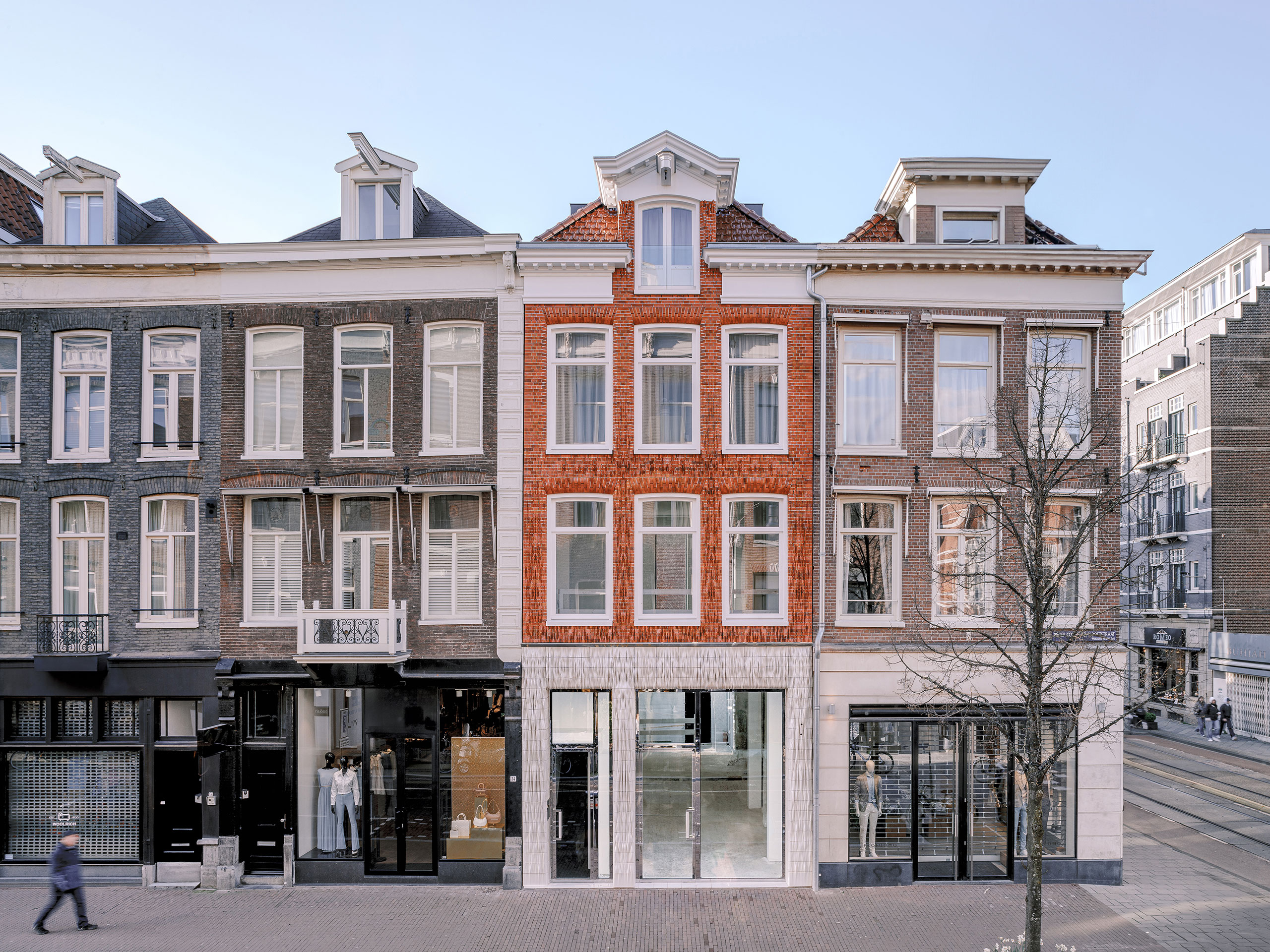
Photography by Riccardo De Vecchi.
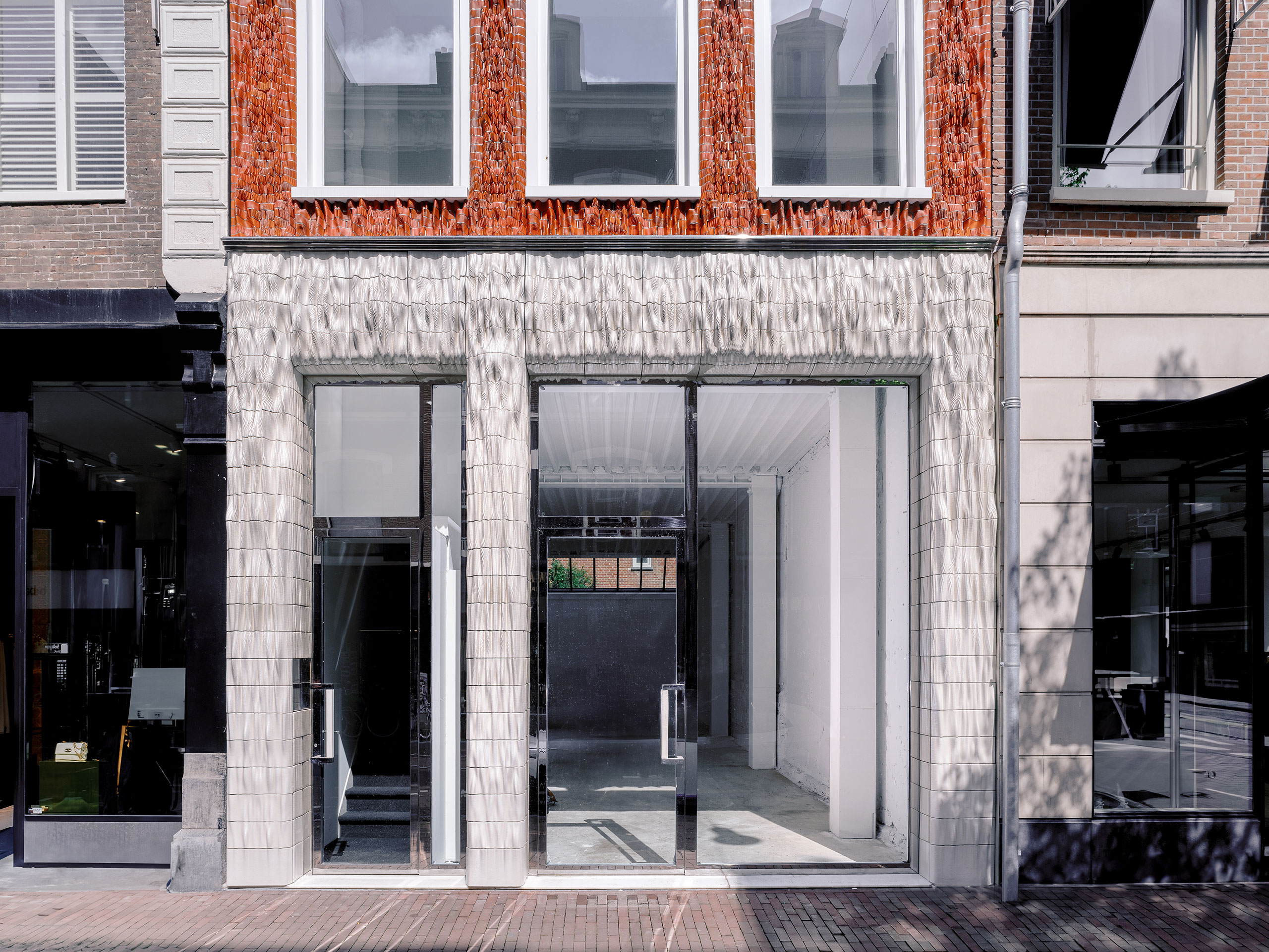
Photography by Riccardo De Vecchi.
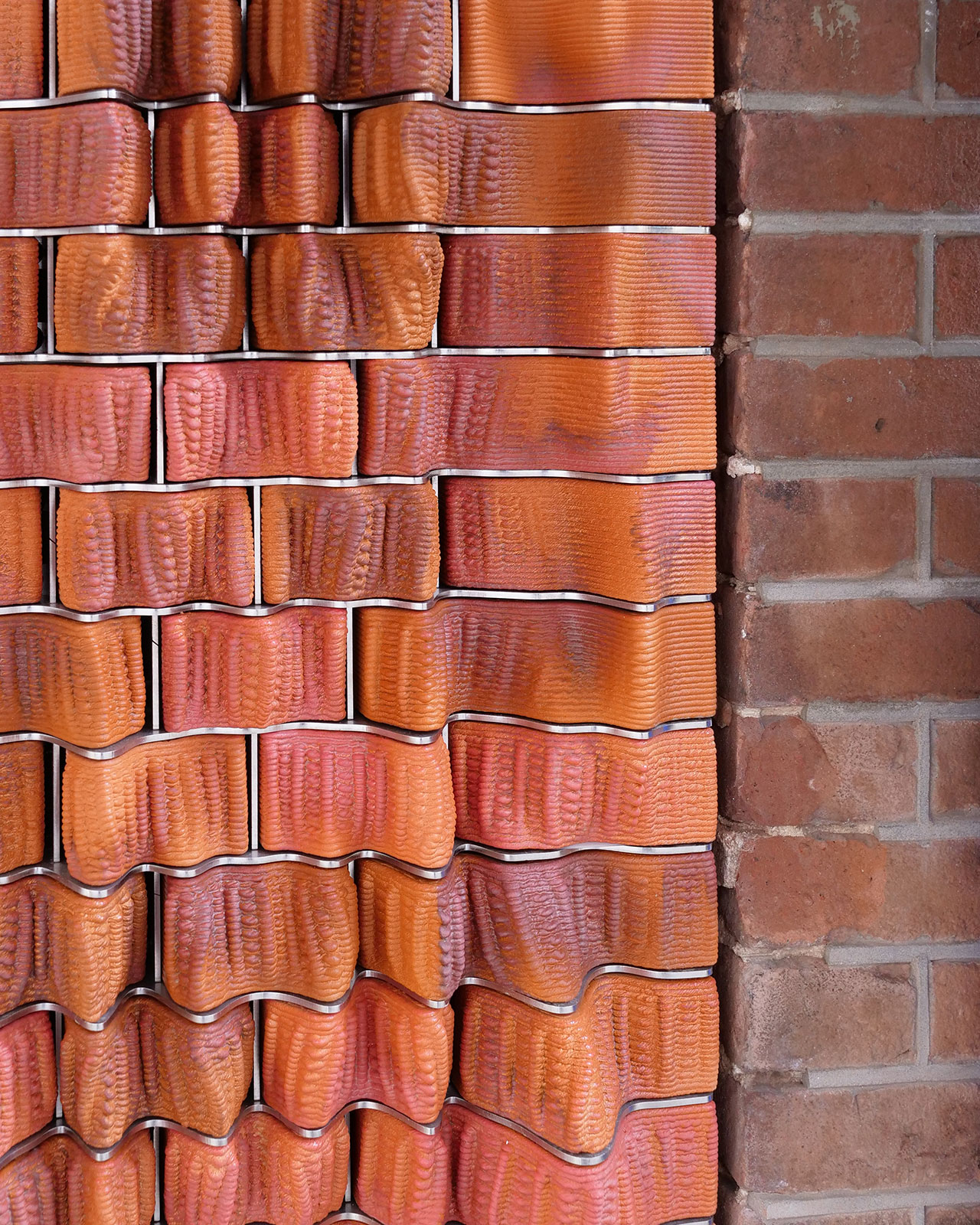
Photography by Riccardo De Vecchi.
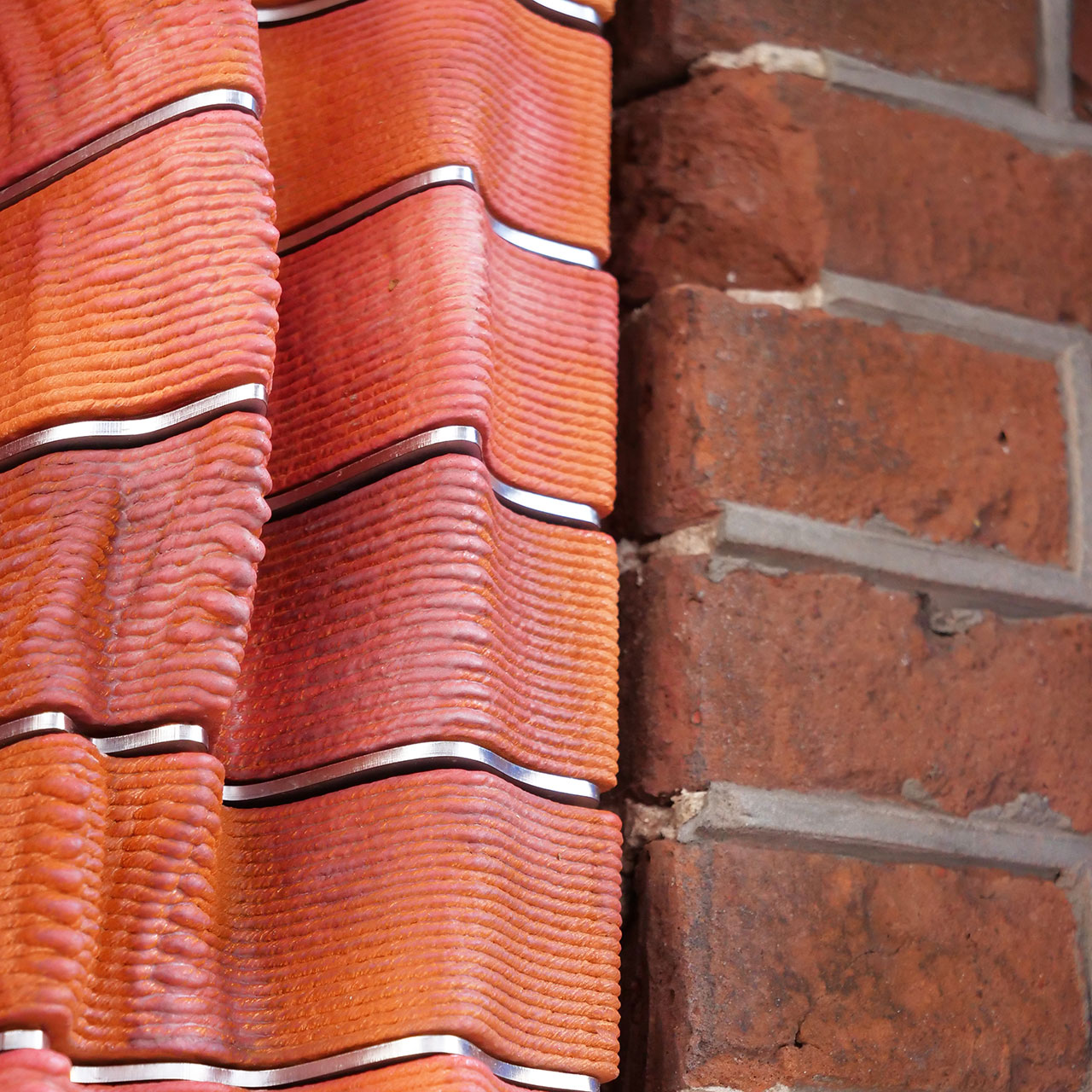
Photography by Riccardo De Vecchi.
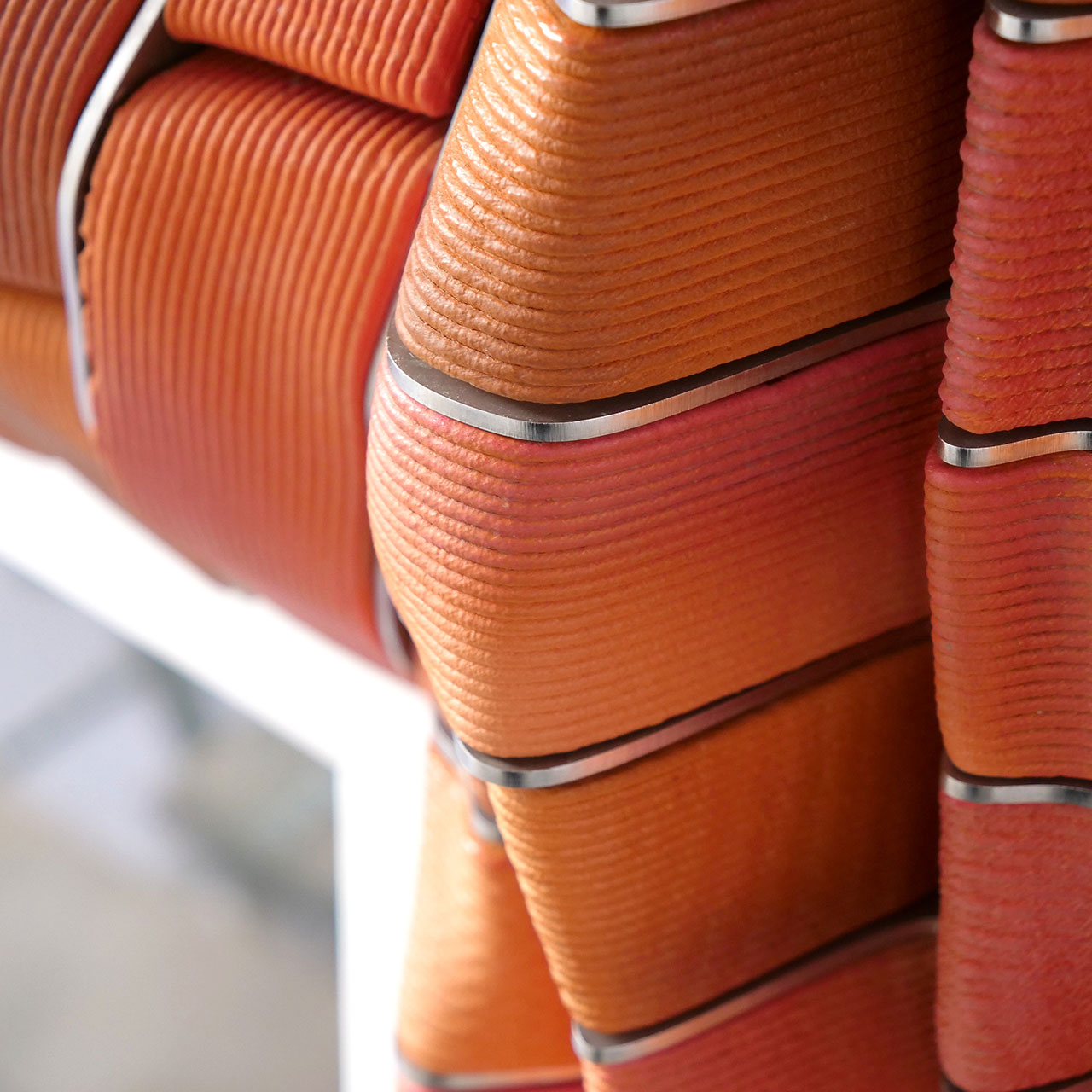
Photography by Riccardo De Vecchi.
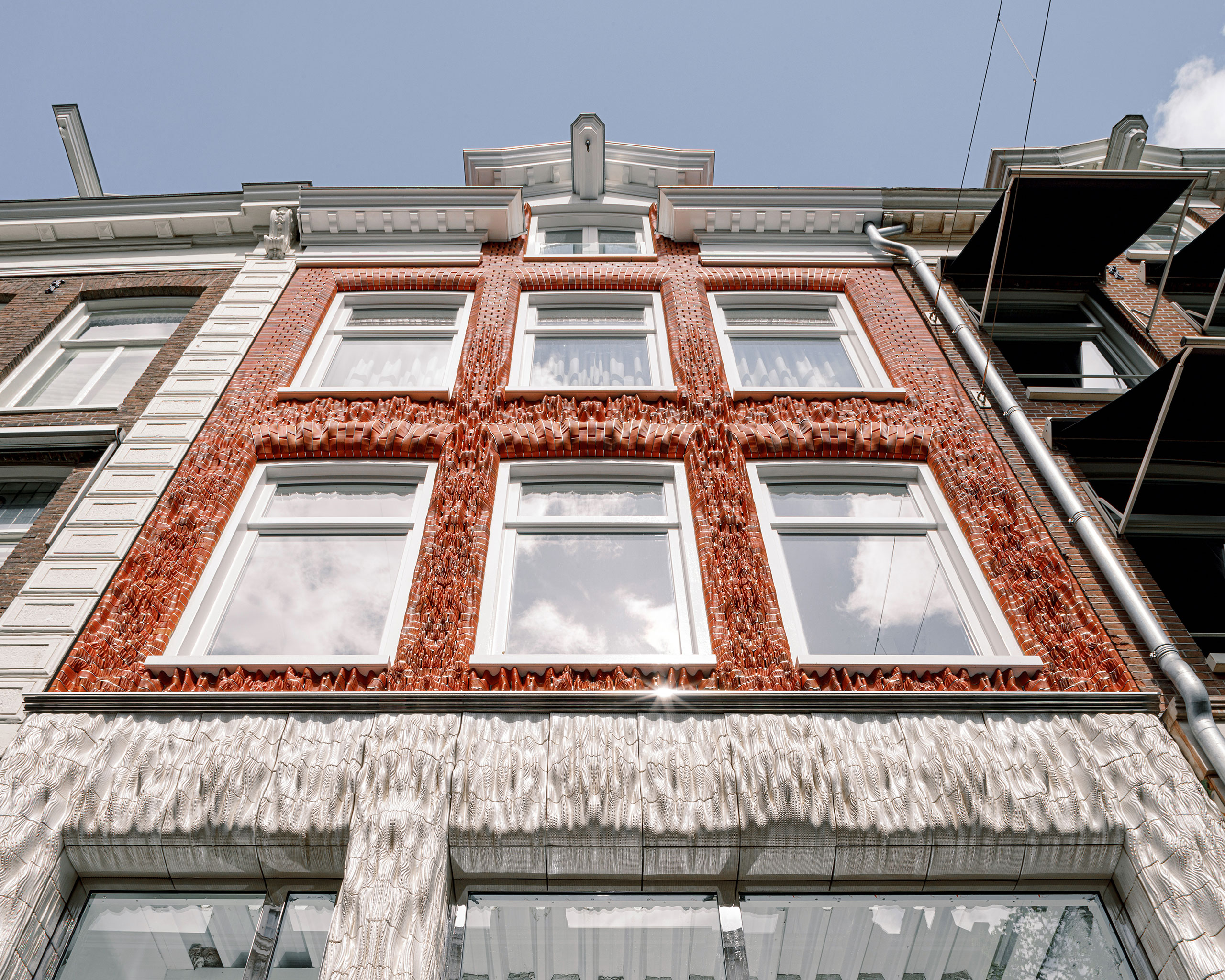
Photography by Riccardo De Vecchi.
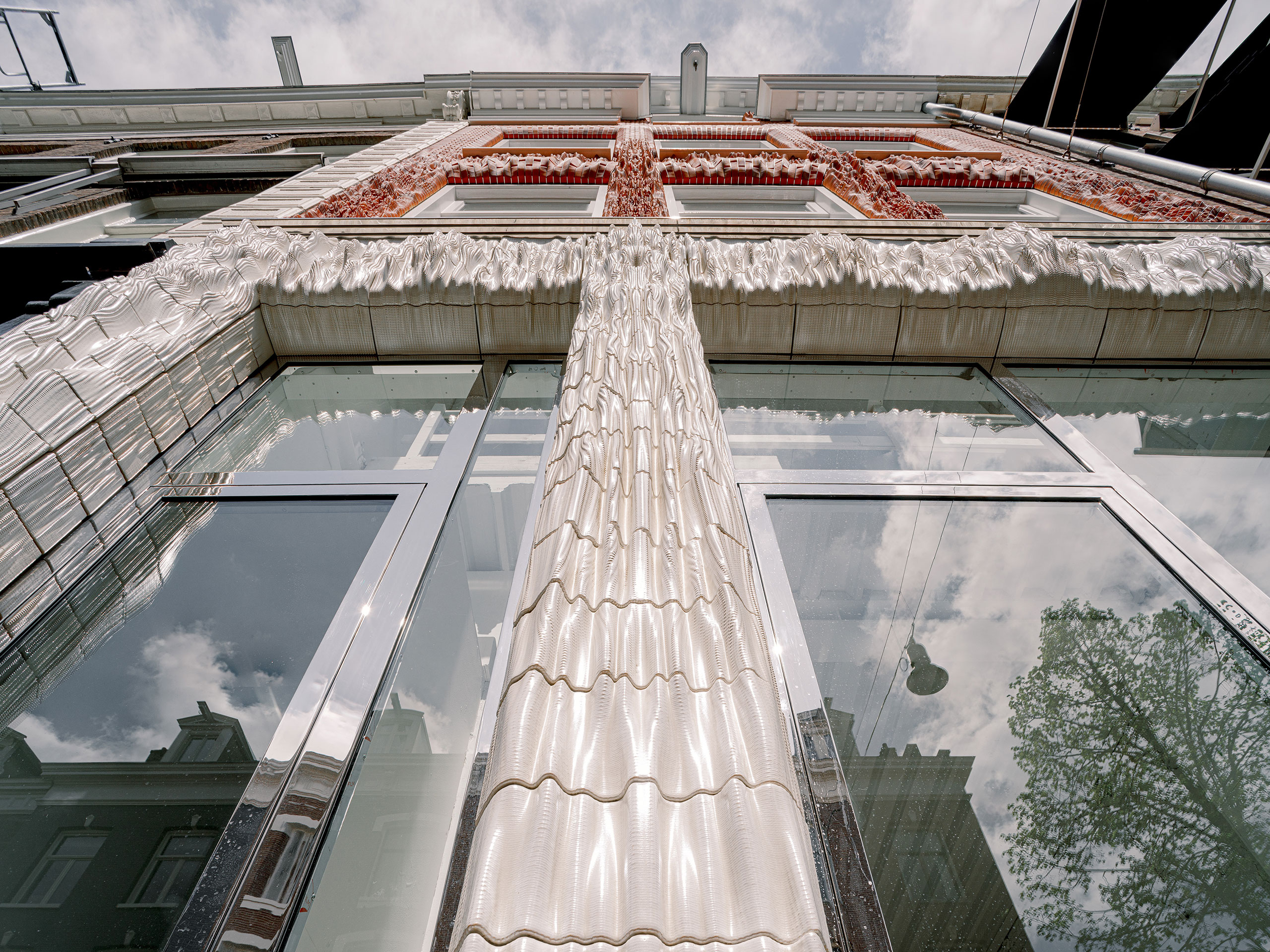
Photography by Riccardo De Vecchi.
In line with its commitment to pushing the boundaries of architectural design, Studio RAP has developed a unique digital fabrication process over several years. This includes the creation of advanced robotic systems which they combined with in-house developed digital design algorithms to create the façade’s intricate array of 3-D printed ceramic tiles. The choice of material was inspired by the celebrated ceramic collection of the Rijksmuseum, the national museum of the Netherlands, while the tiles' textural qualities and complex morphology take cues from the creases, inter-looping yarns, and stitch patterns of knitted textiles.
The choice of material was inspired by the celebrated ceramic collection of the Rijksmuseum, the national museum d urban fabric was preserving the original façade’s silhouette, notably the characteristic tripartite configuration, and synchronizing the size and colour of the ceramic tiles with neighbouring buildings. At street level, larger tiles glazed in pearl white with a subtle touch of yellow echo the street’s typical storefronts, while the upper levels are swathed in three shades of red. Smaller in size, the red-hued tiles match the dimensions of traditional brickwork, with the laser-cut stainless-steel cassettes they are placed in emulating traditional grouting.
Both sections feature visually expressive areas with pronounced three-dimensional forms that gradually transition to flush alignment towards the ground and the second storey. The organic, wave-like quality of these areas changes as passers-by approach the design from different angles, further enhancing the project’s sculptural sensibility and underlining its organic connection with the city.
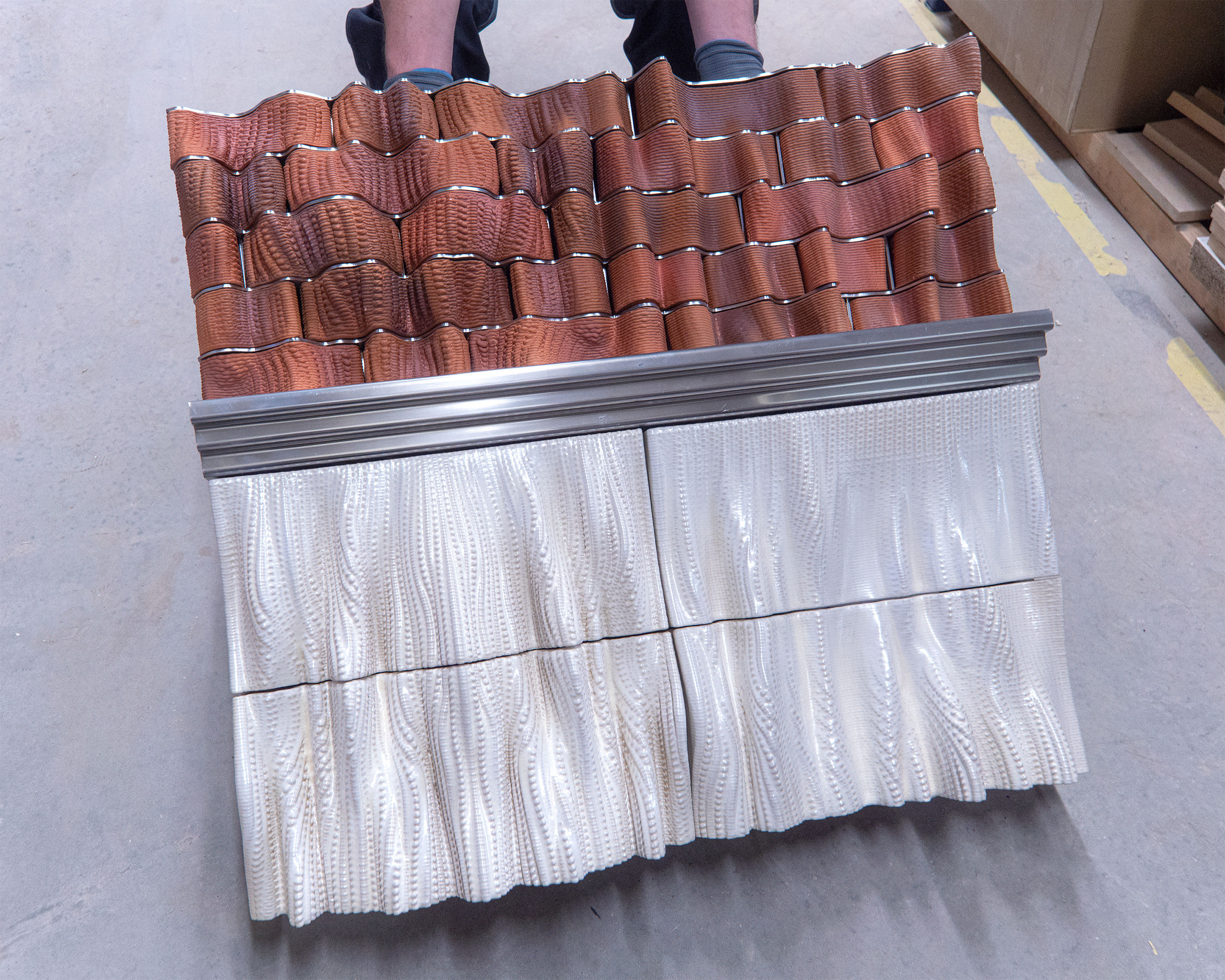
Photography by Riccardo De Vecchi.
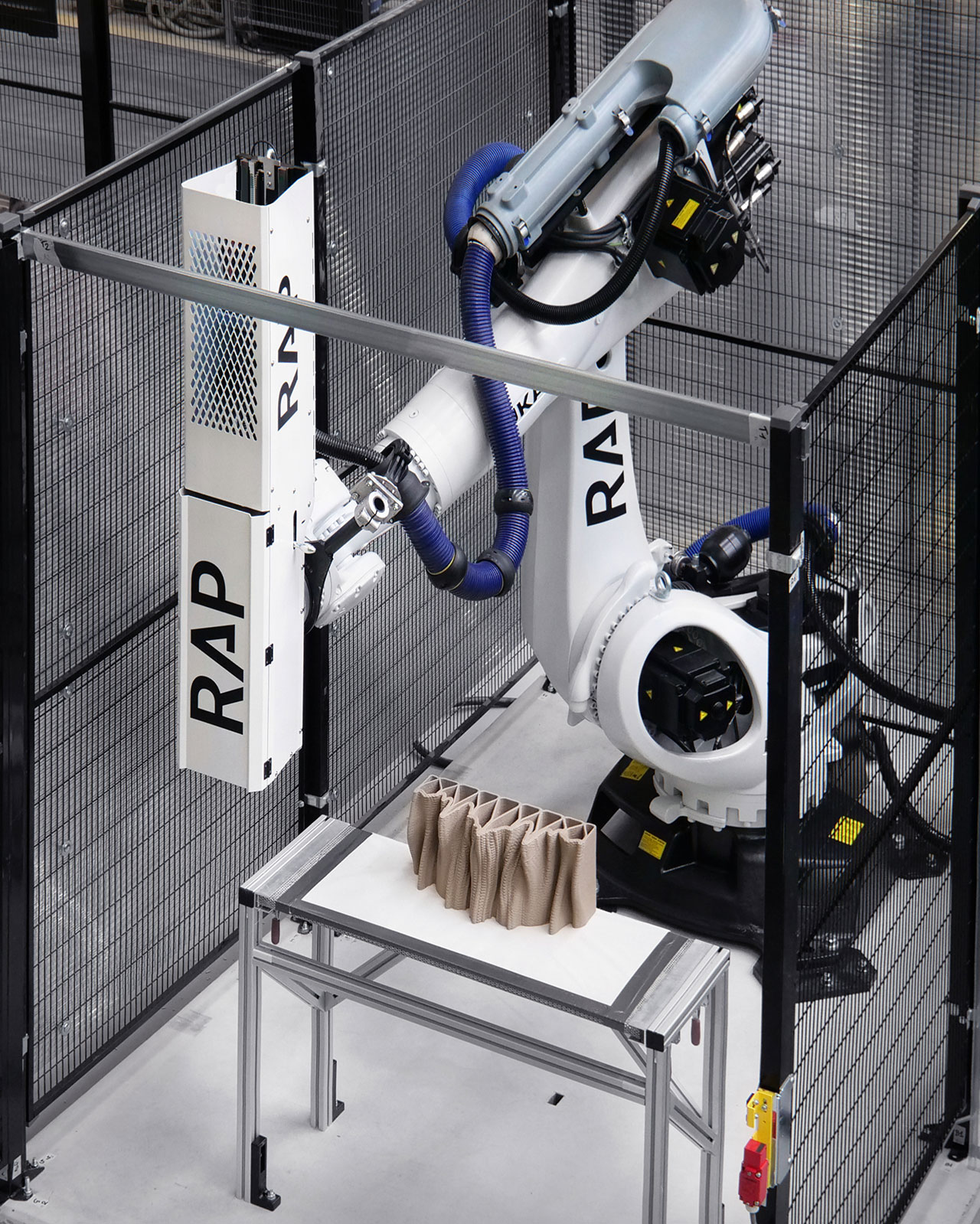
Photography by Riccardo De Vecchi.
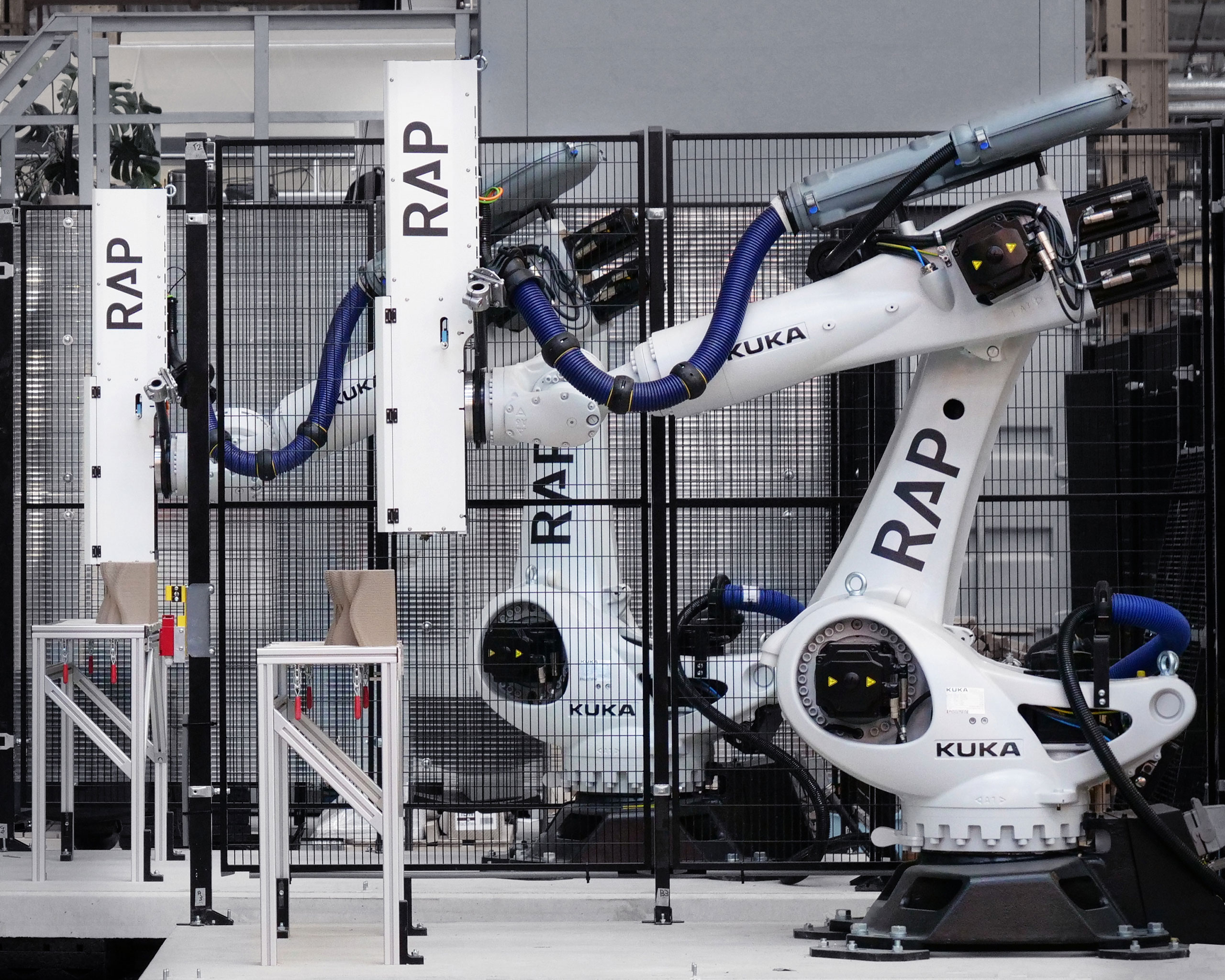
Photography by Riccardo De Vecchi.
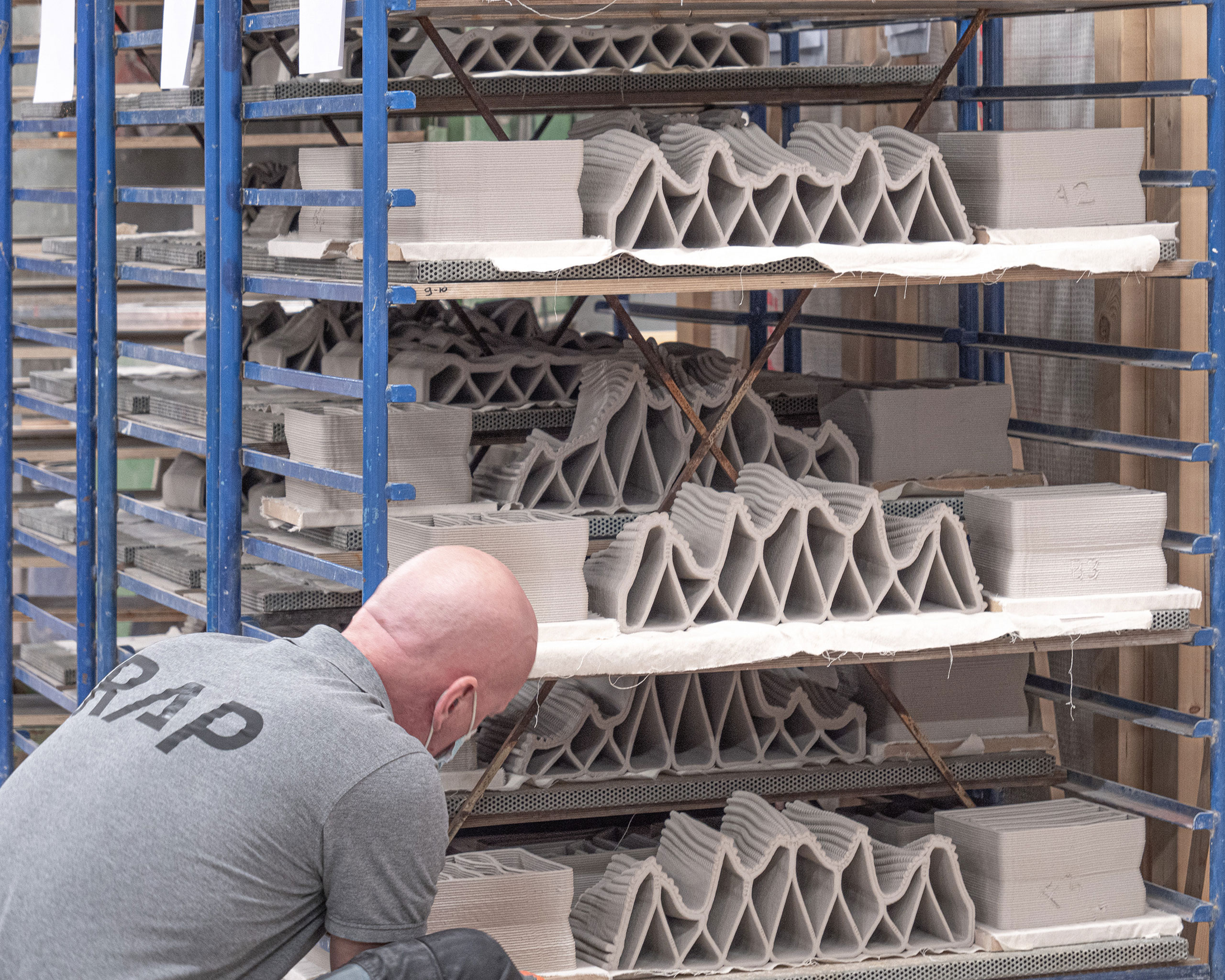
Photography by Riccardo De Vecchi.
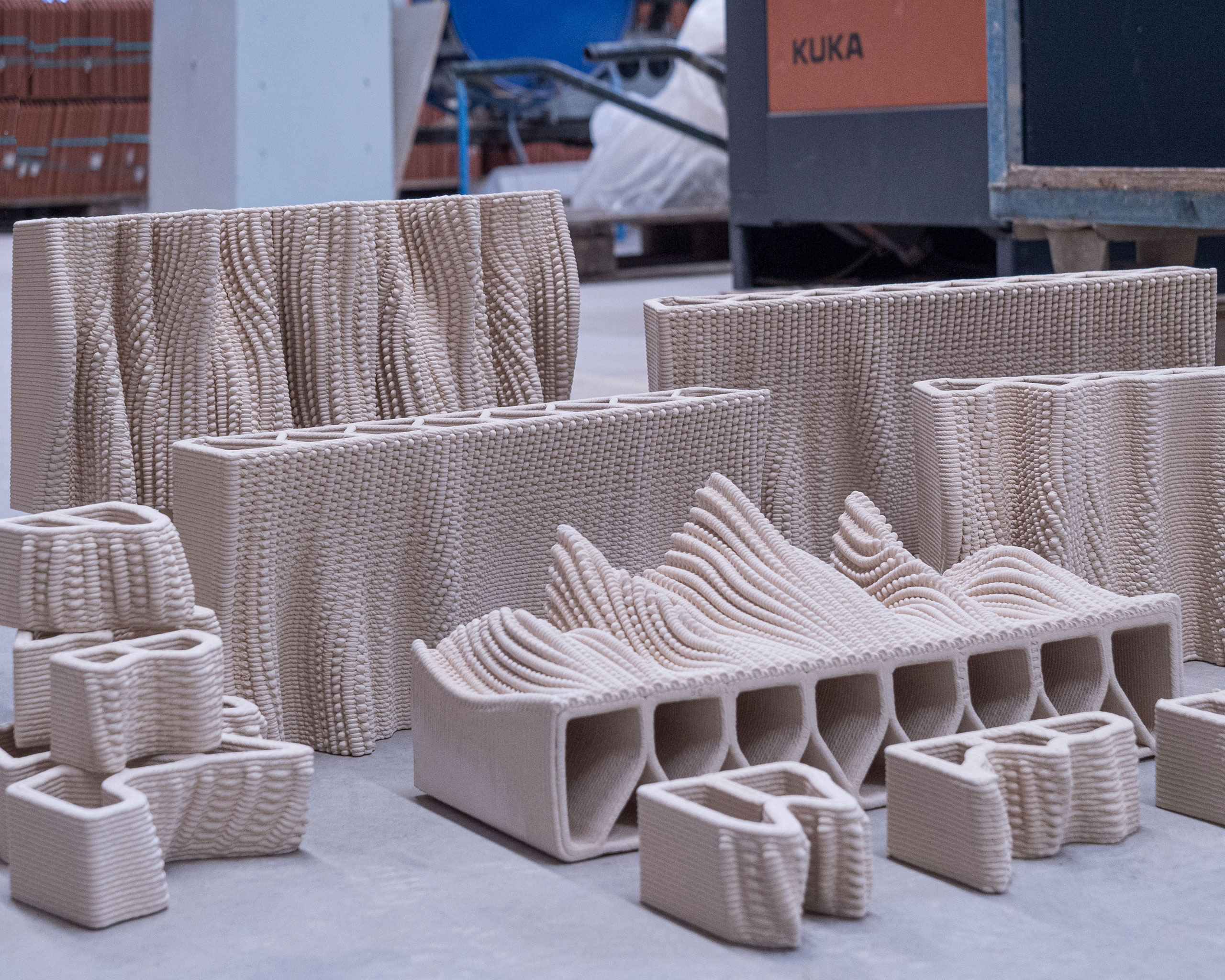
Photography by Riccardo De Vecchi.
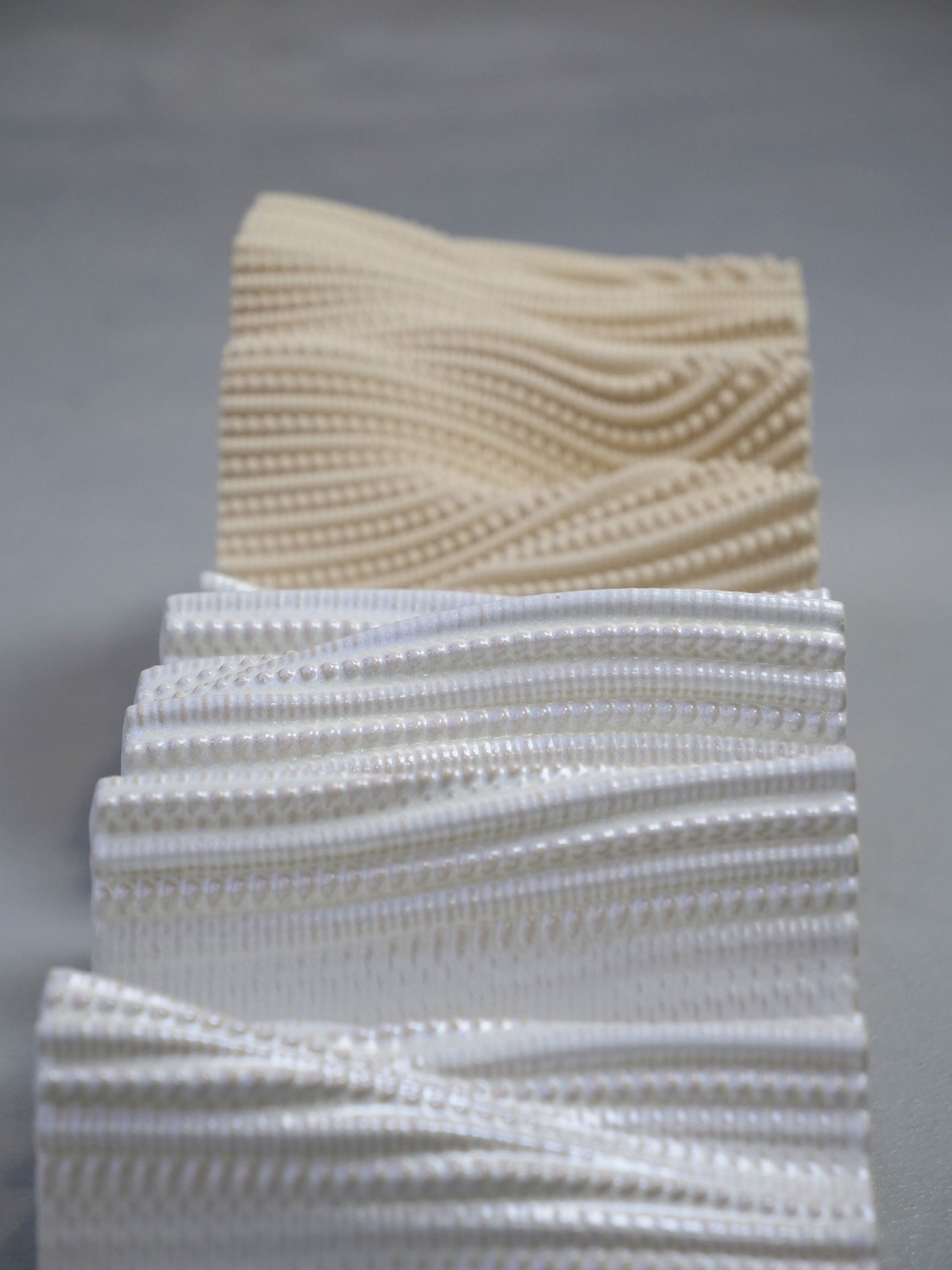
Photography by Riccardo De Vecchi.
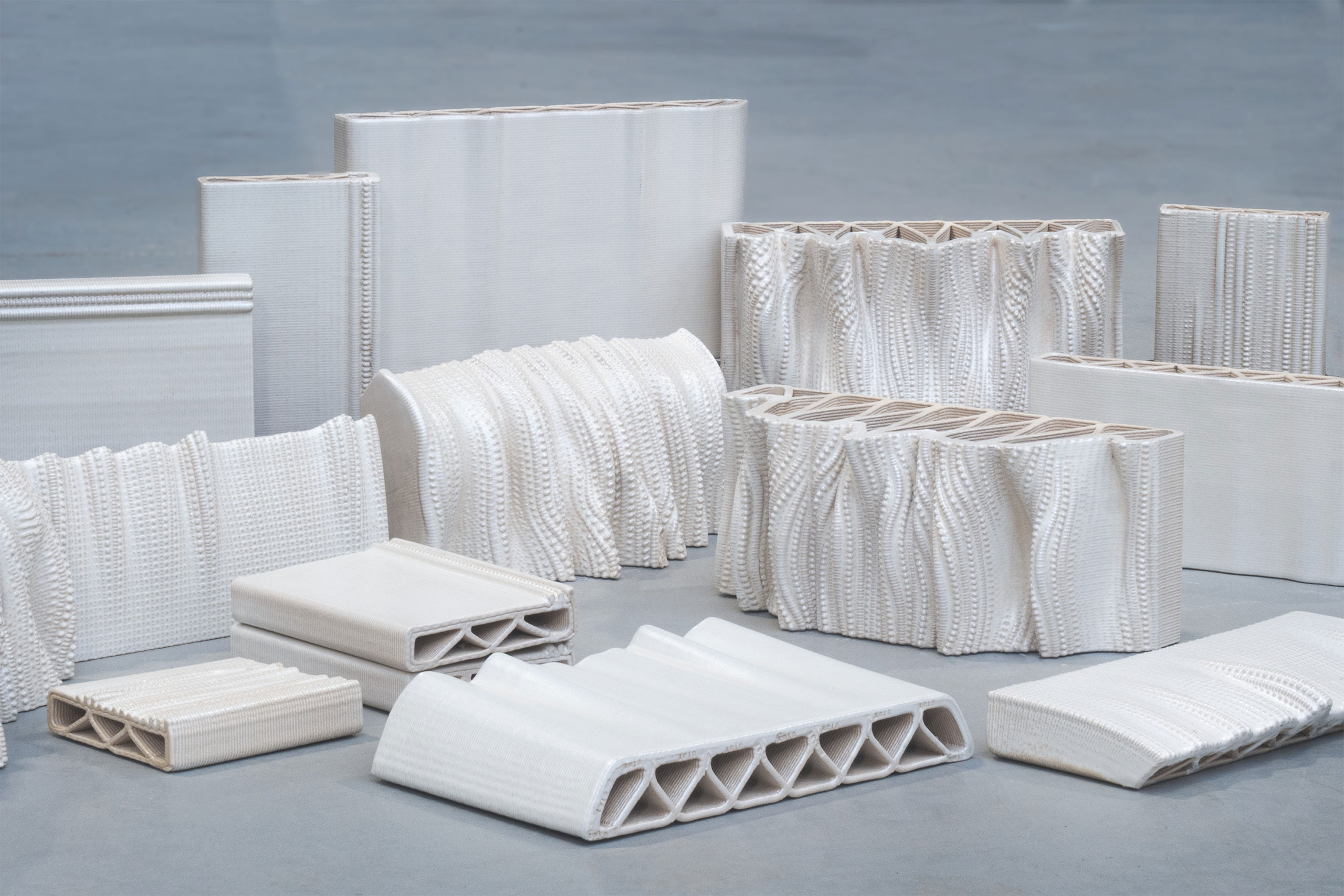
Photography by Riccardo De Vecchi.
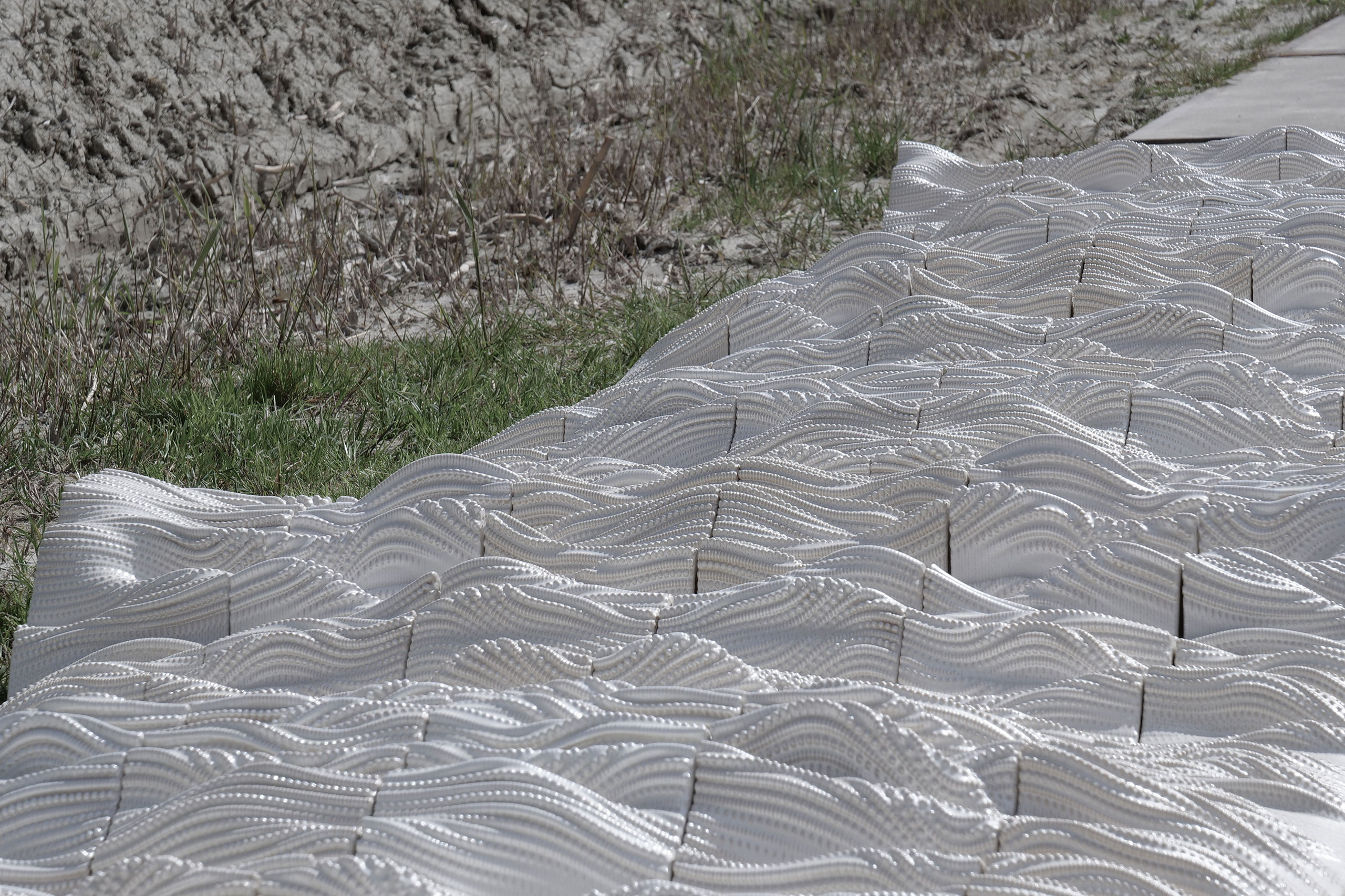
Photography by Riccardo De Vecchi.
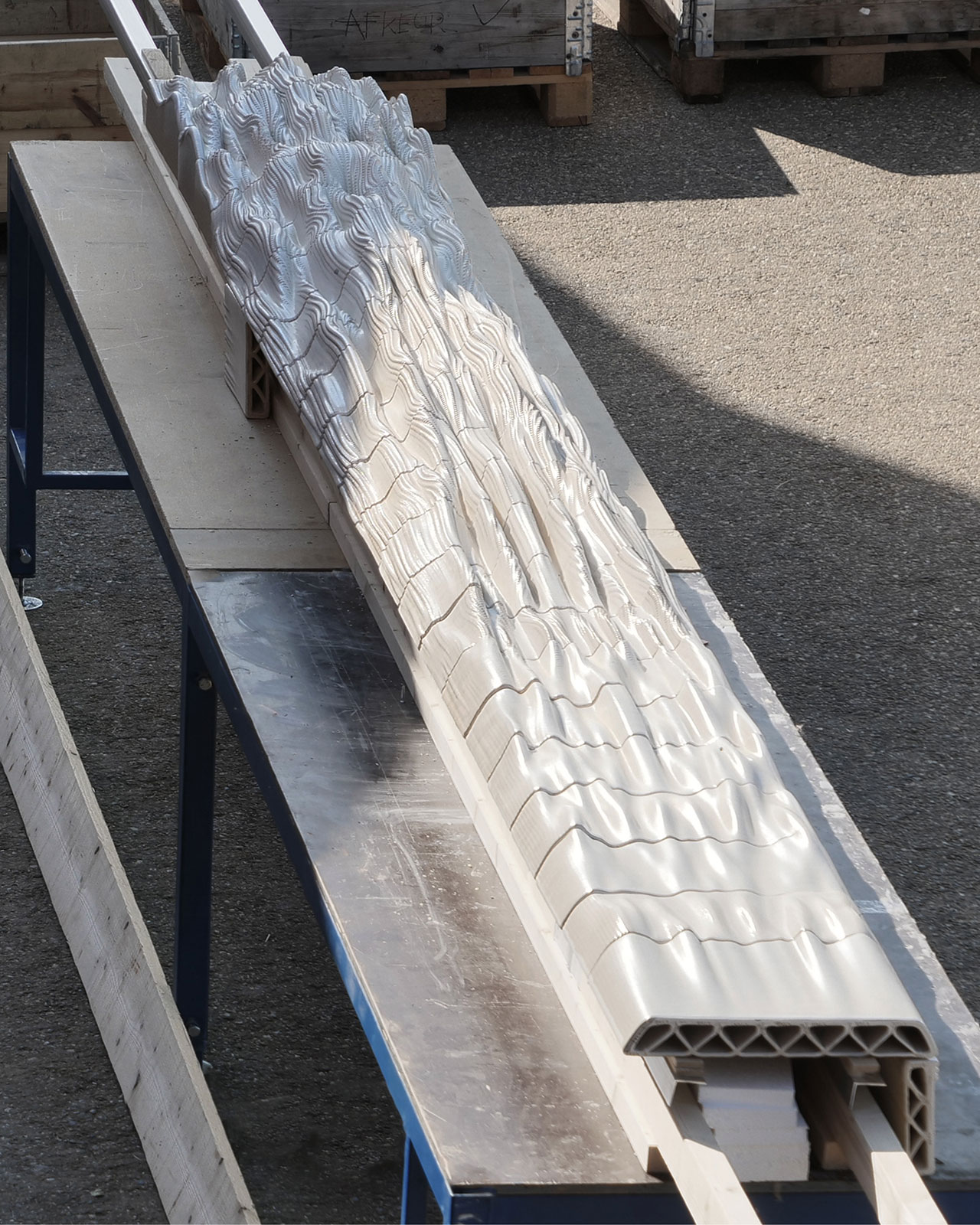
Photography by Riccardo De Vecchi.
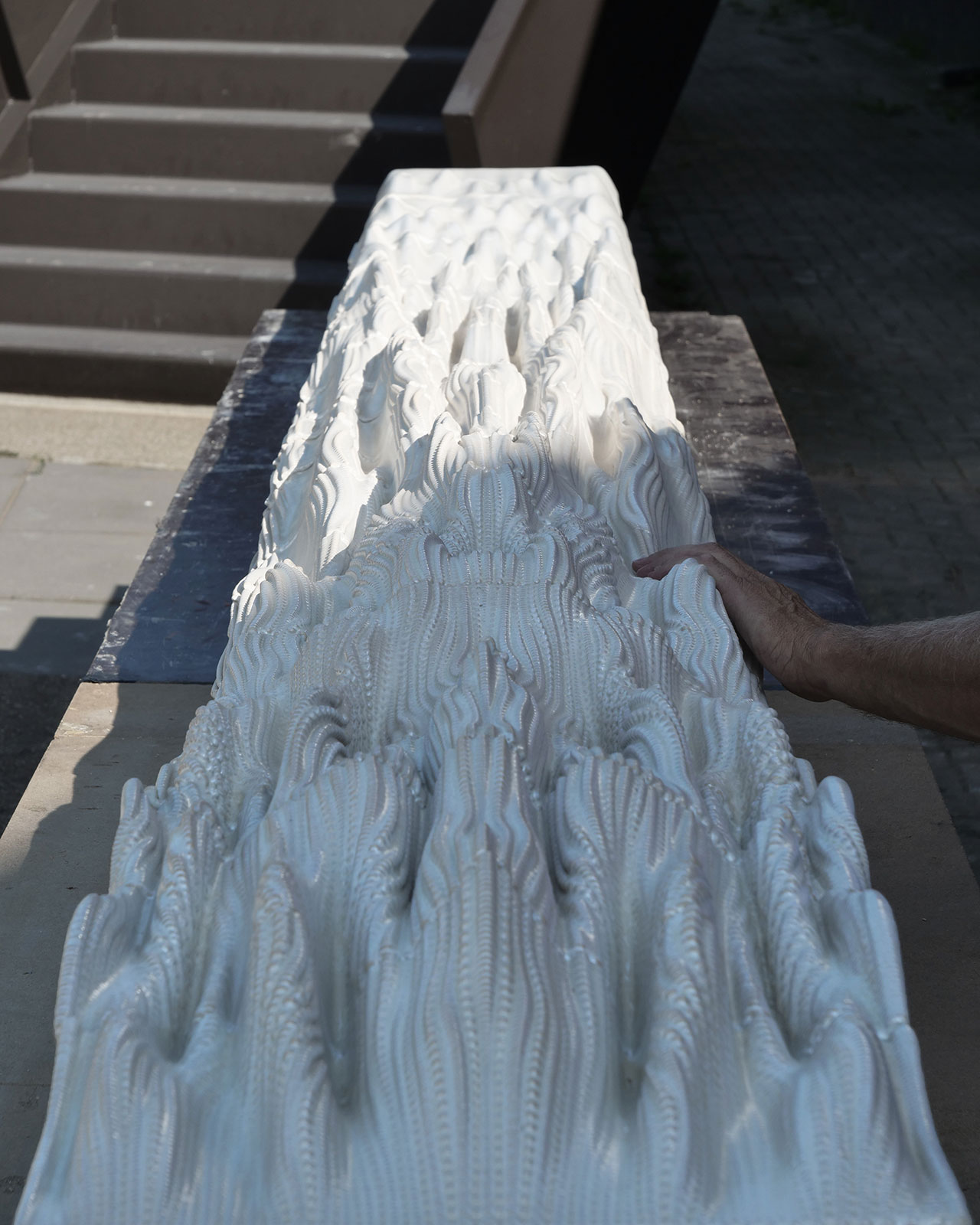
Photography by Riccardo De Vecchi.
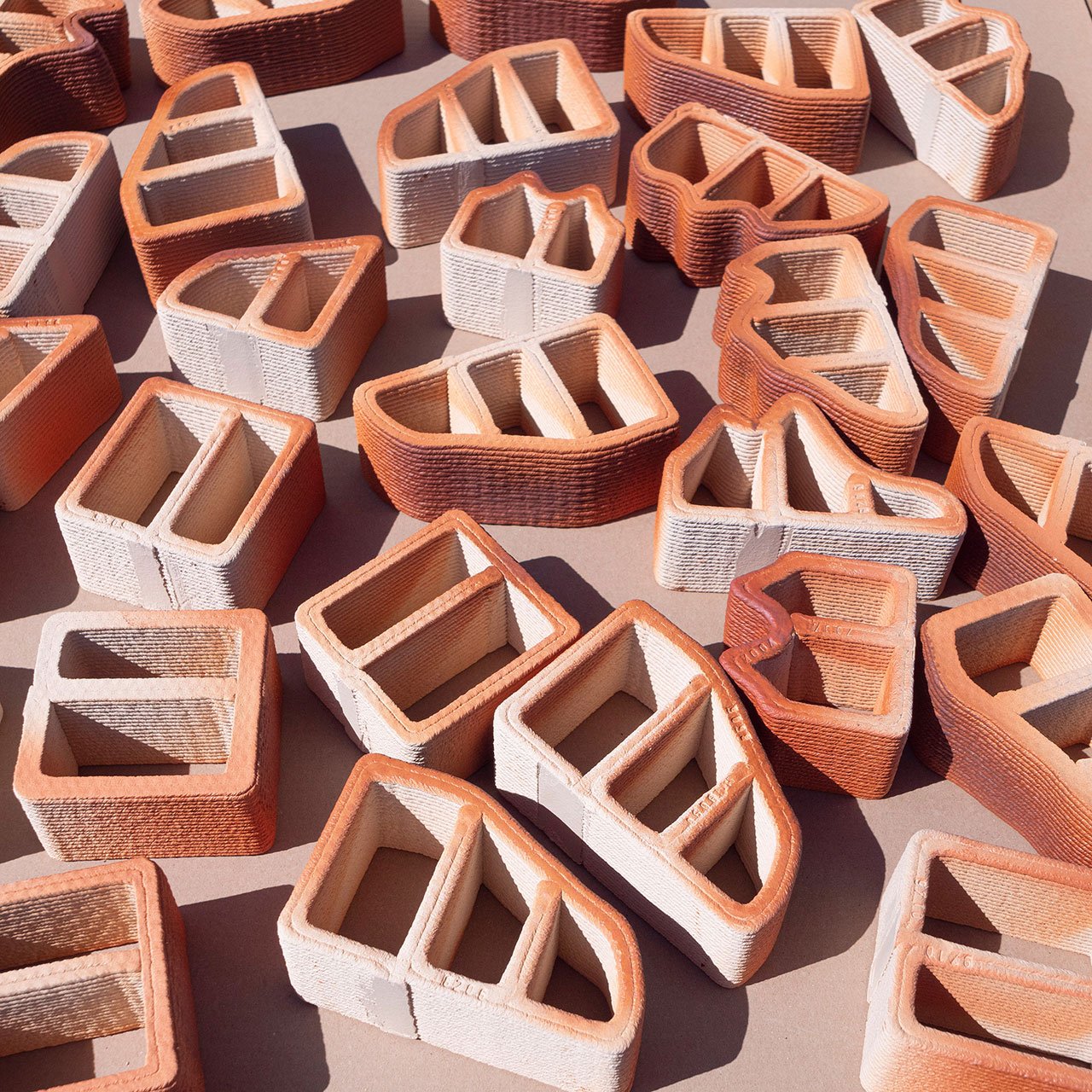
Photography by Riccardo De Vecchi.
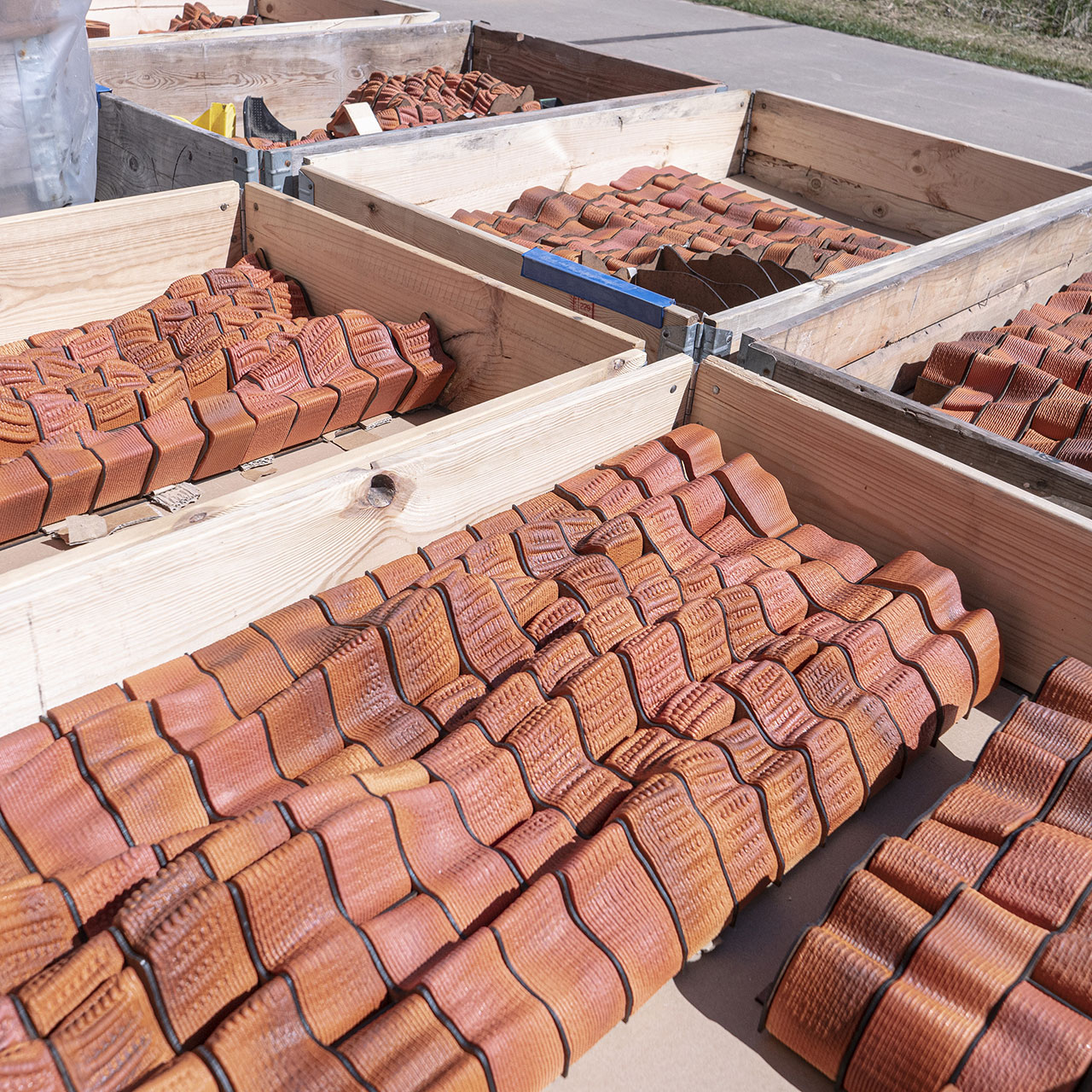
Photography by Riccardo De Vecchi.
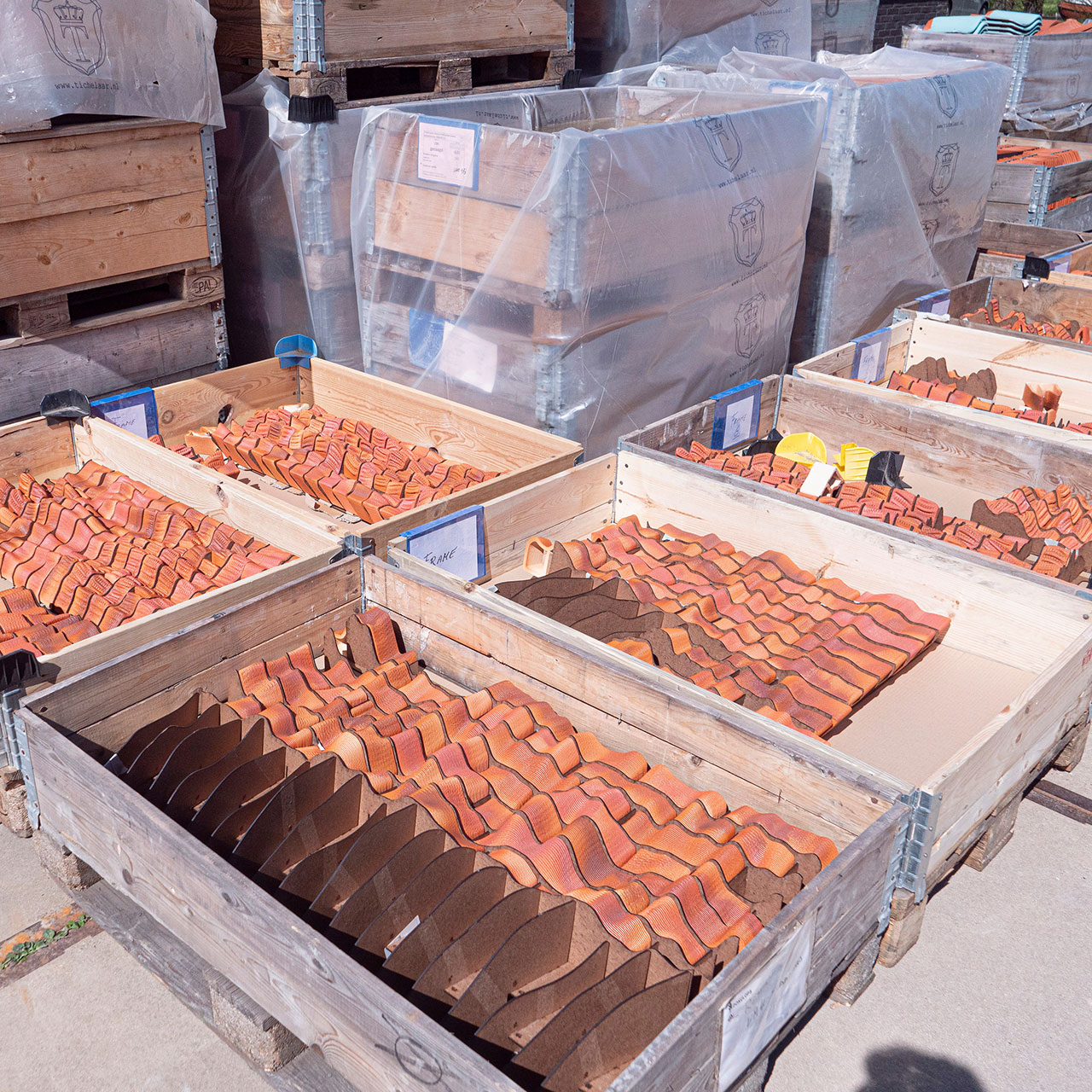
Photography by Riccardo De Vecchi.
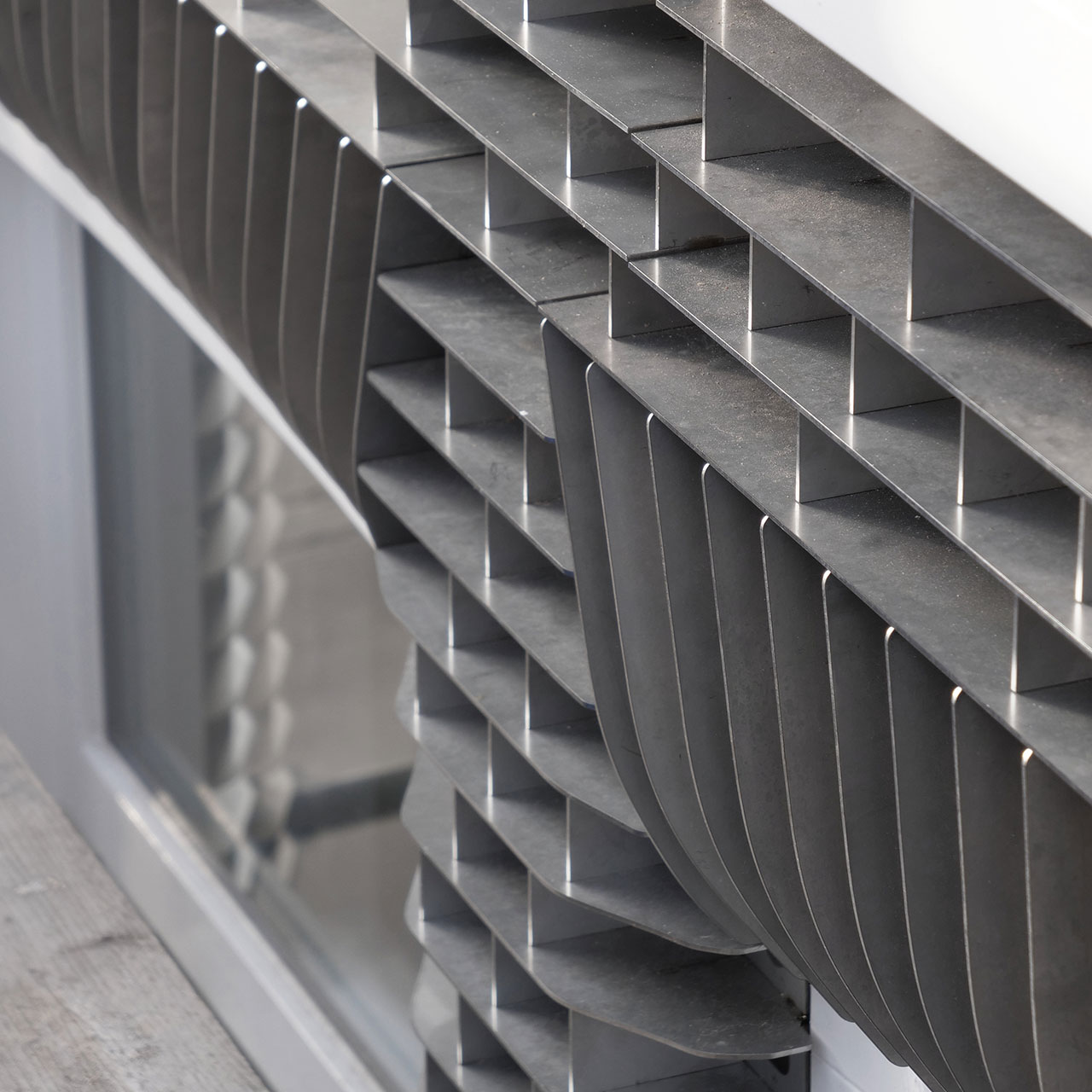
Photography by Riccardo De Vecchi.
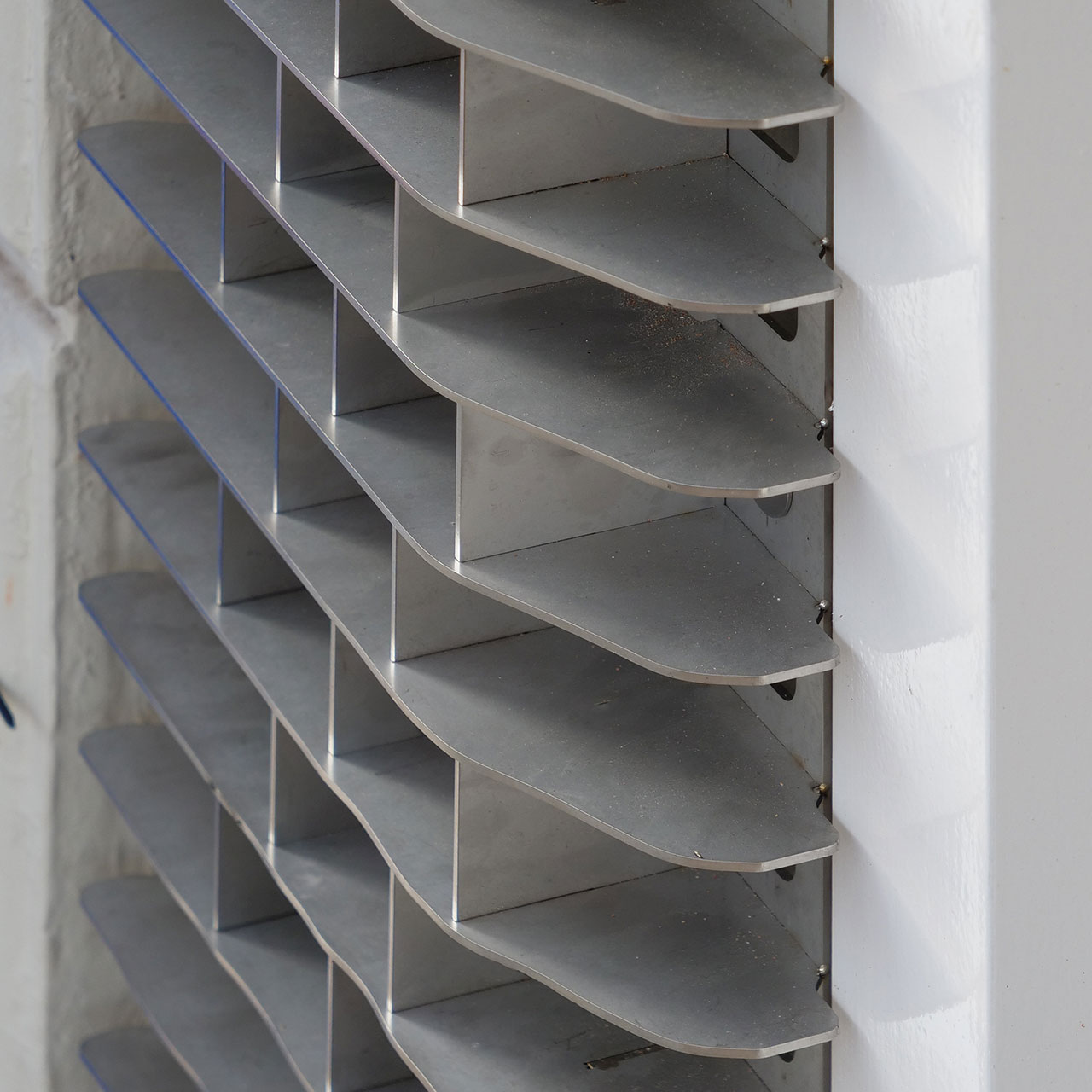
Photography by Riccardo De Vecchi.
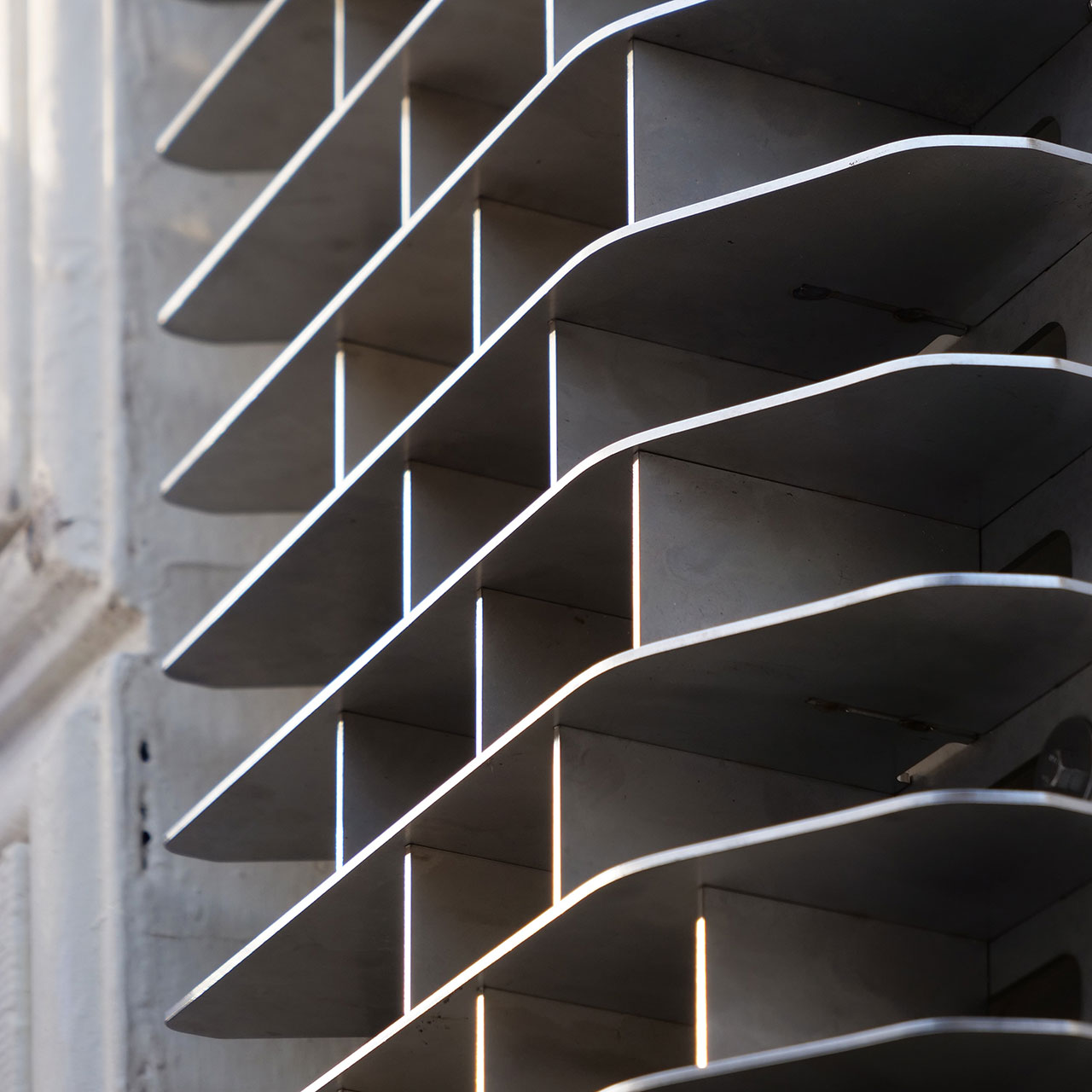
Photography by Riccardo De Vecchi.
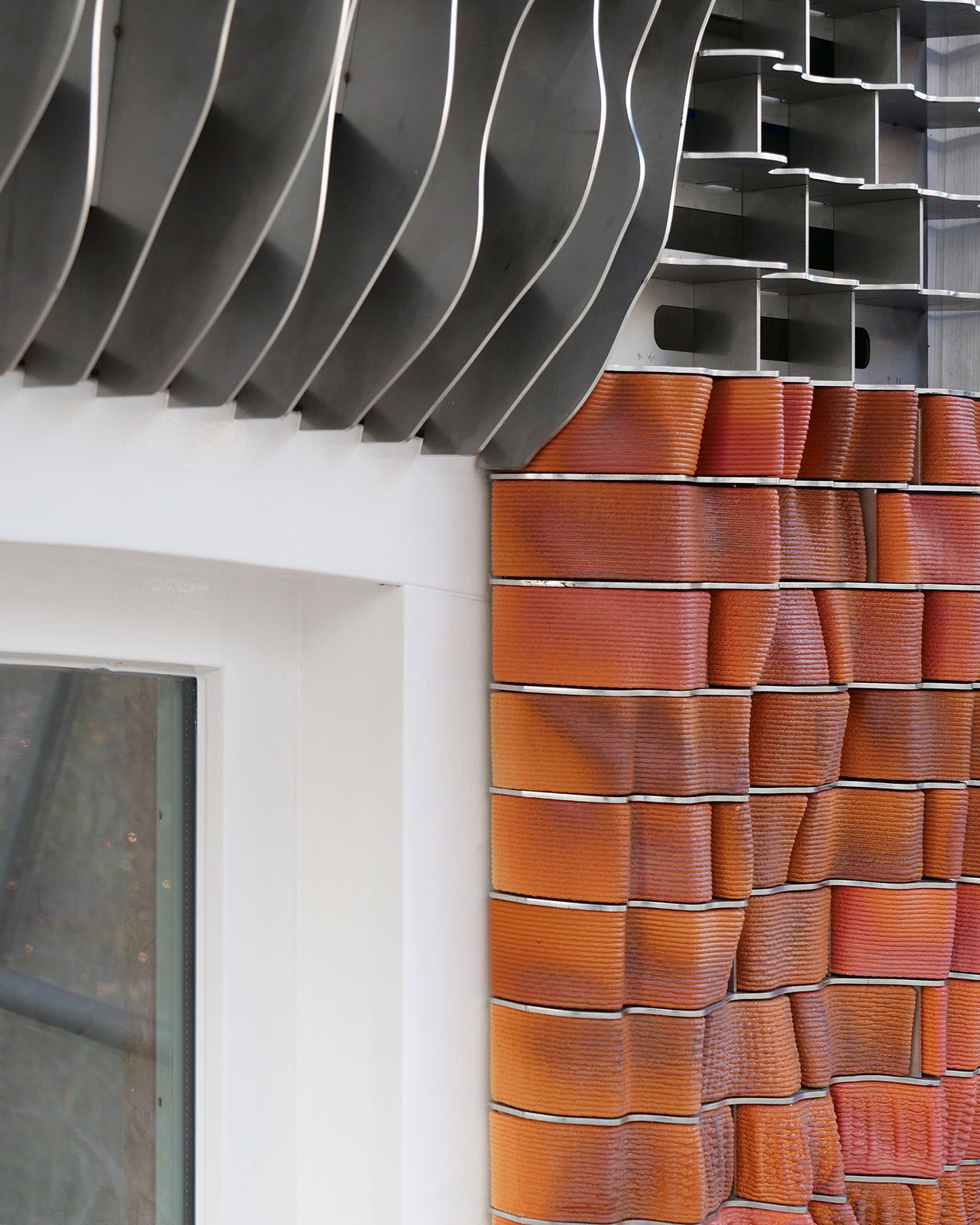
Photography by Riccardo De Vecchi.
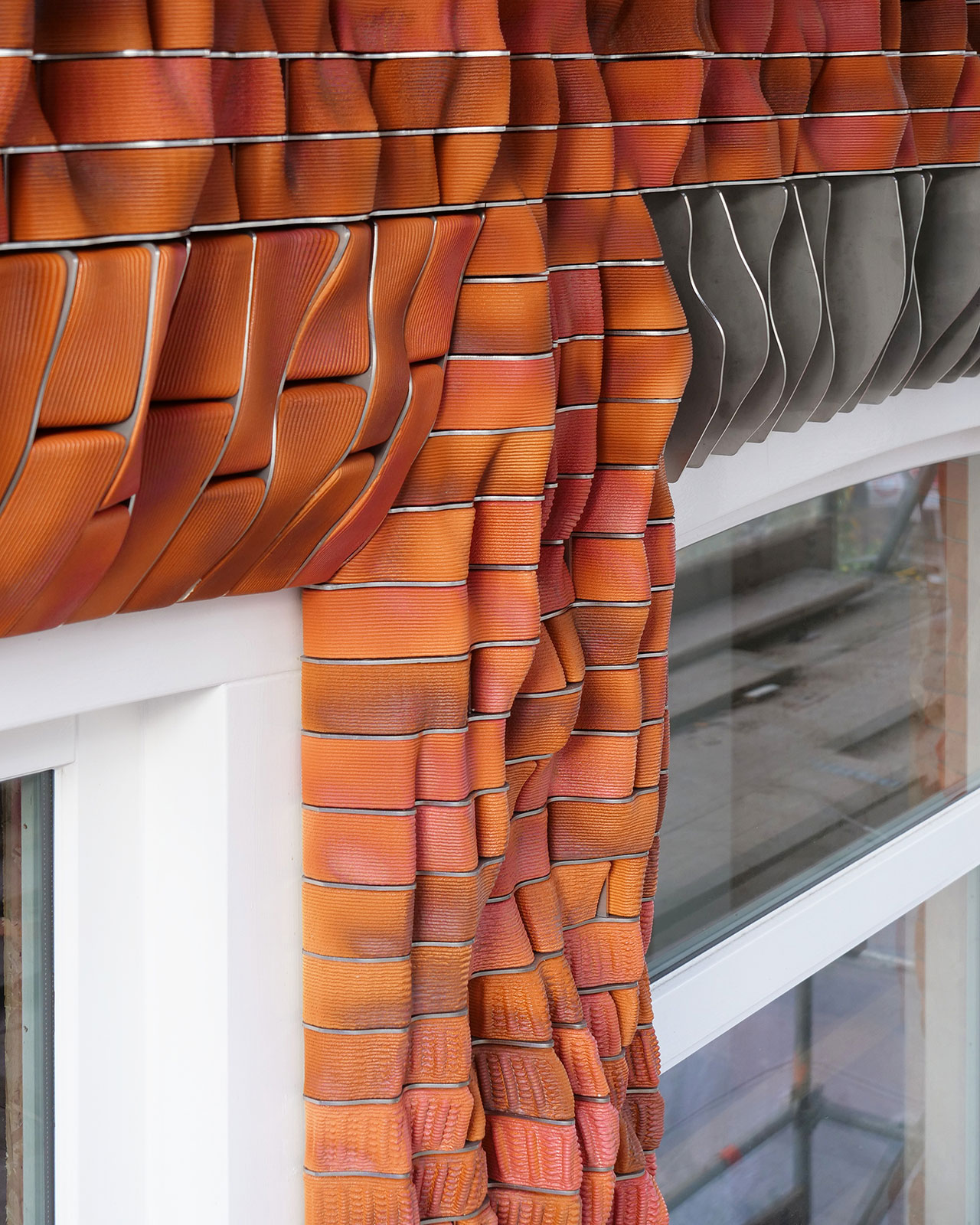
Photography by Riccardo De Vecchi.
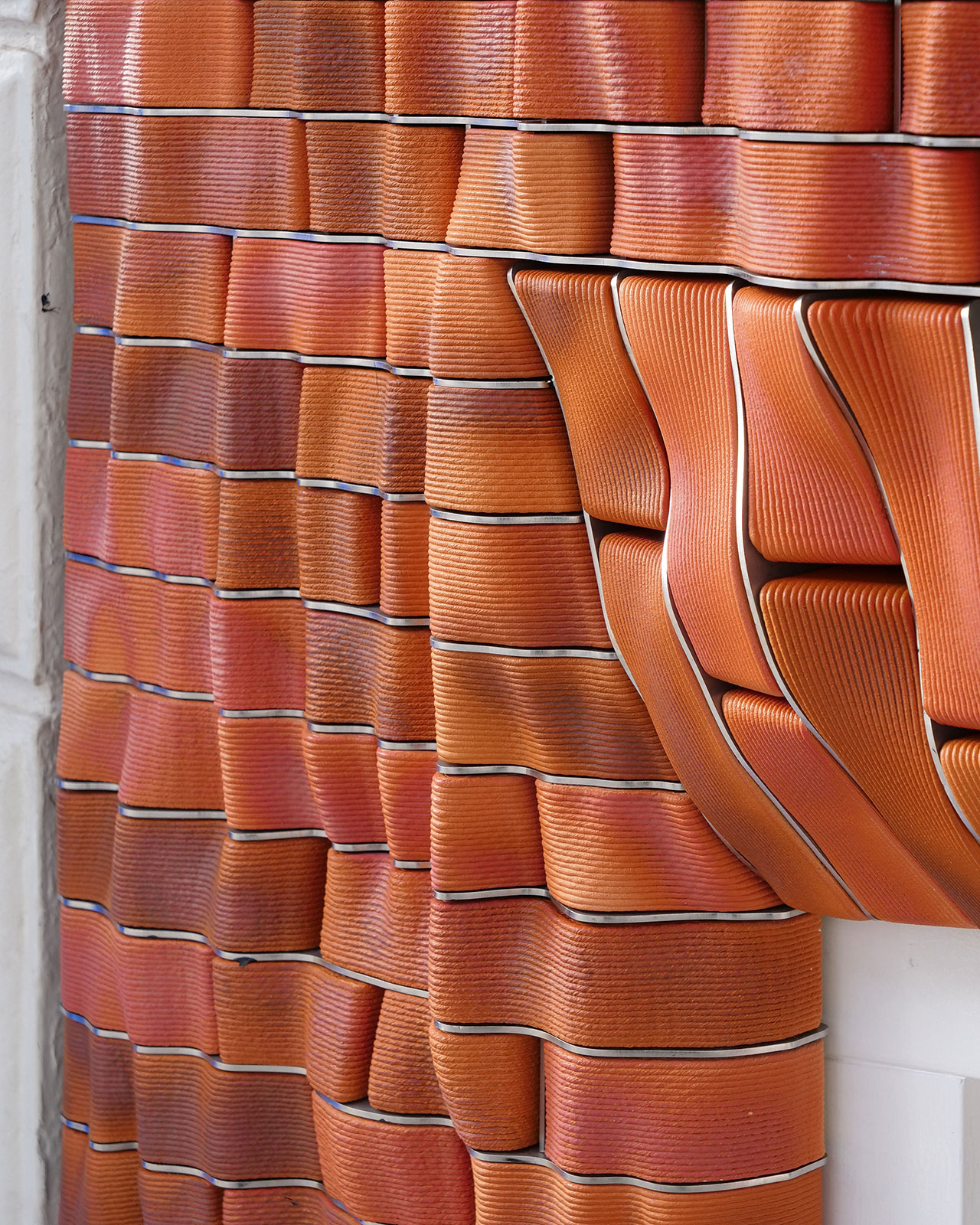
Photography by Riccardo De Vecchi.
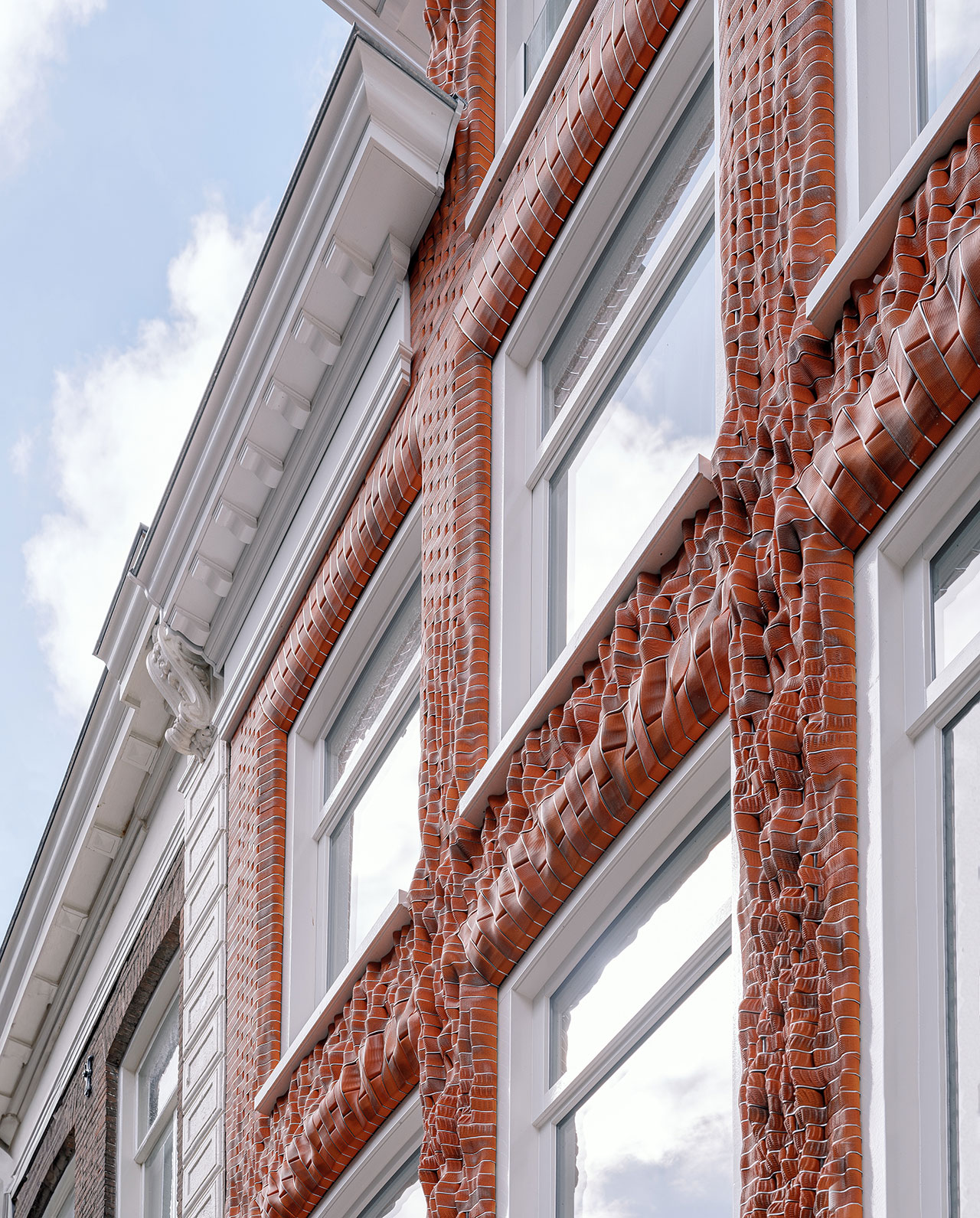
Photography by Riccardo De Vecchi.
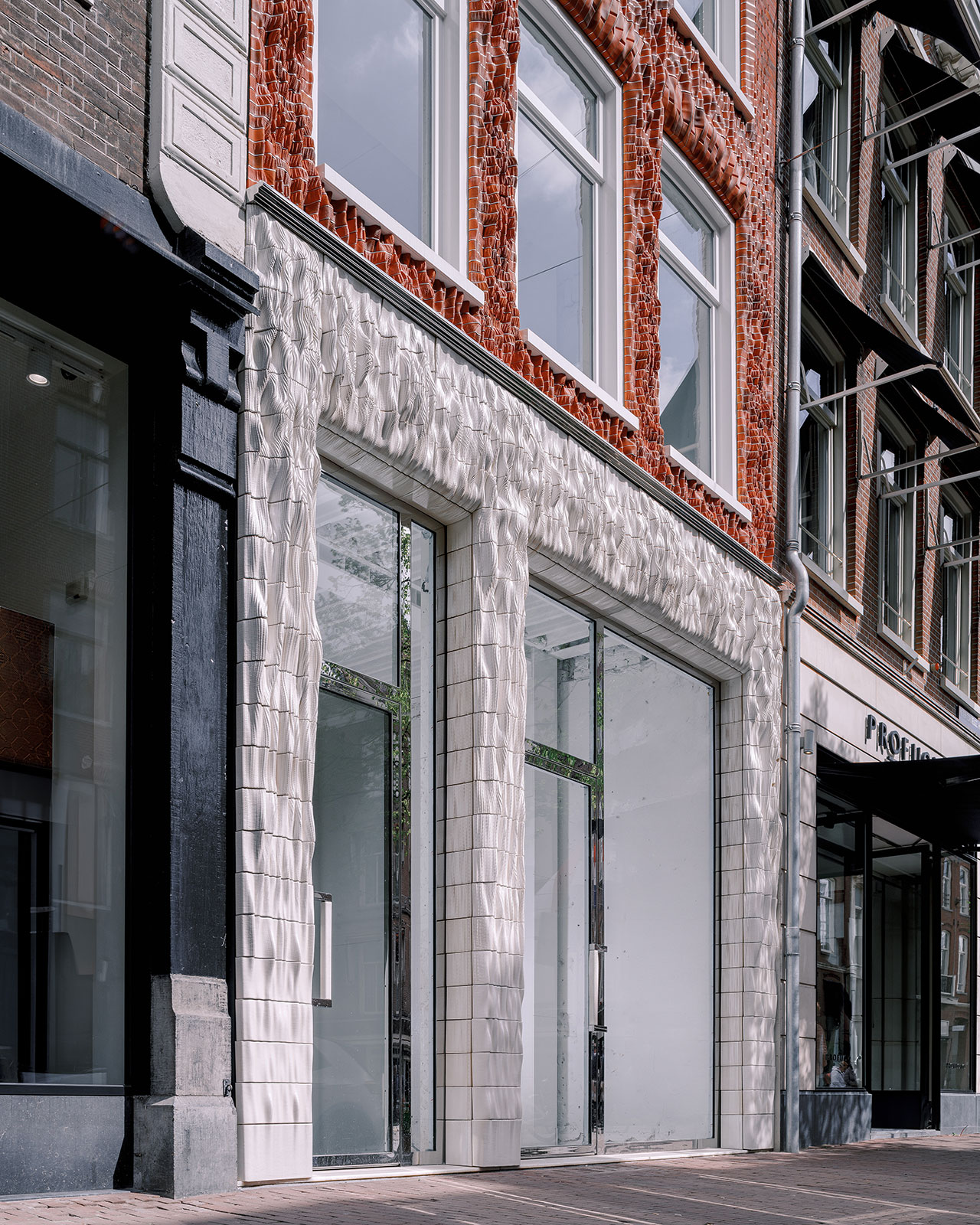
Photography by Riccardo De Vecchi.
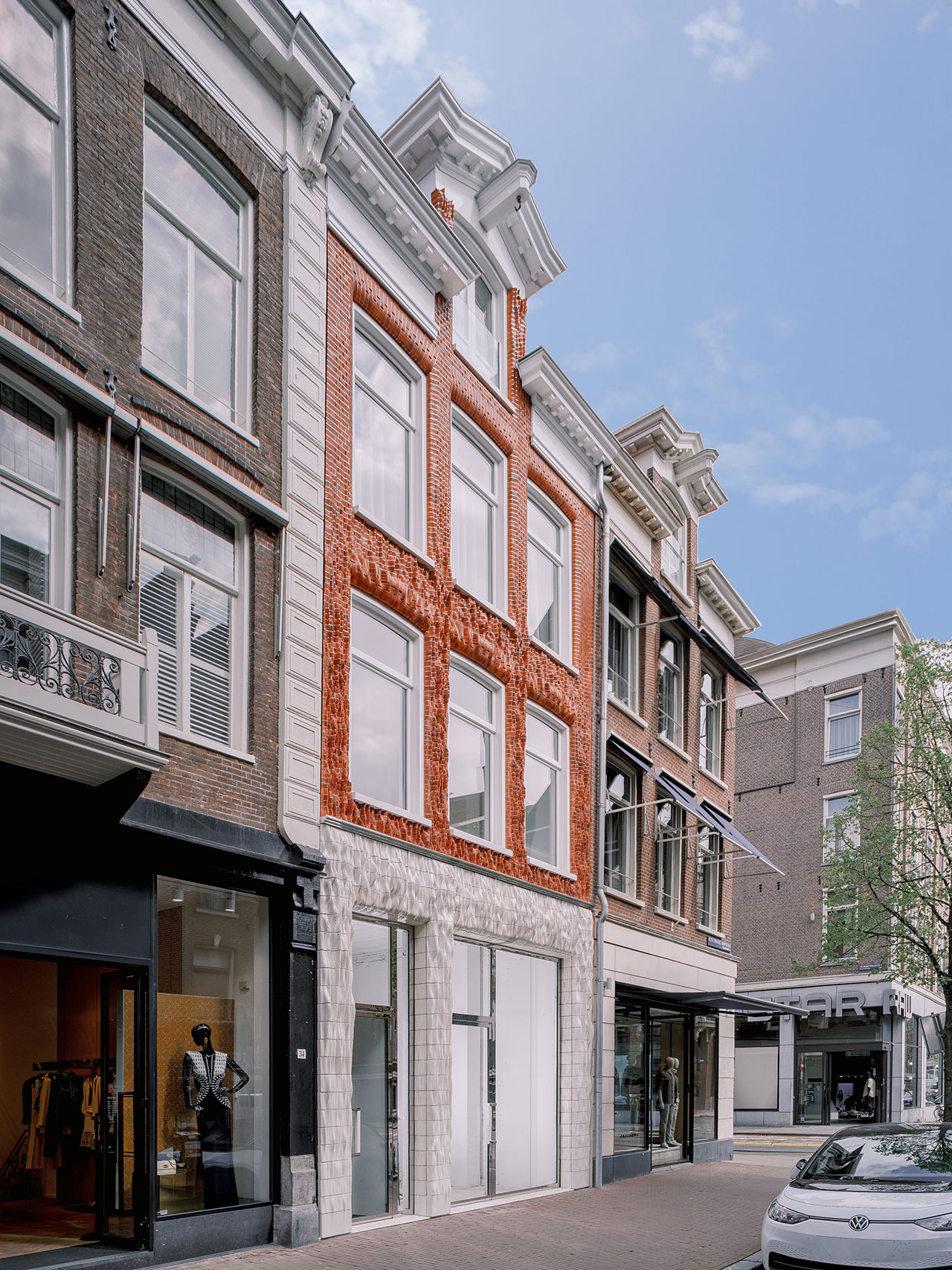
Photography by Riccardo De Vecchi.





